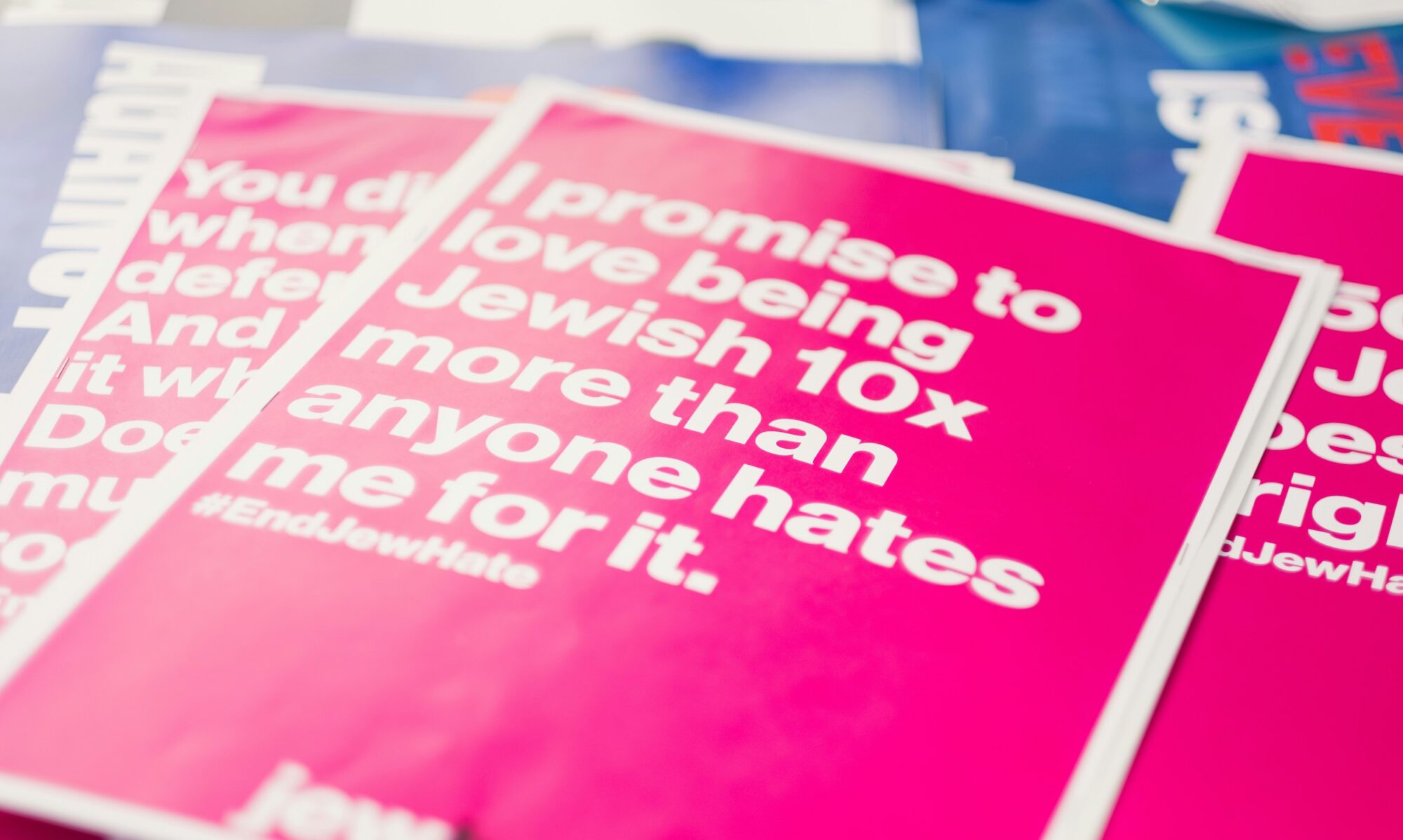To be two-dimensional means to “appear to have length and breadth but no depth.” In other words, there only exists what we see from a singular stance, what’s on the surface — nothing behind the object, nothing backing it up.
To be three-dimensional adds the depth; there exists more than what we see. In fact, there may be far more than what we see. We know that. We recognize the existence of a third dimension; it’s not in question. We also accept and affirm our inability to see all dimensions from a singular stance.
We live in a three-dimensional world.
As this year nears its hopefully auspicious end, I’ve been playing with how we collectively see the world. Note that I don’t believe “this thing we keep calling 2020” has inserted all sorts of newness and new perspective into our lives. Rather, I believe it’s revealed — more like “ripped the BandAid off” — of what was already there.
With all due respect, 2020 has made clear that we stink at handling conflict.
Consider what sage conflict resolution experts advocate…
From Steven Covey: “Seek first to understand, then to be understood.”
From Brené Brown: “I believe one of the most courageous things to say in an uncomfortable conversation is, ‘Tell me more.’”
From Dale Carnegie: “You need to understand the other side’s concerns and motivation.”
Hear the experts… understand another… tell me more… work at it… work some more.
But the ripping off of the figurative bandage has allowed us to fuel this faulty notion that we really don’t have to work to understand another; there’s no need to listen well… Why? Because we think we already, completely understand another. 100%… “What else could their reason be?” we ask. Note the said question is not evidence of curiosity; it’s instead justification of a minimal at best stab at discernment.
That’s what happens when we wrestle with conflict in a two-dimensional world.
A two-dimensional world encourages the fallacy that it’s me against you… us against them… black vs. white. If a person articulates an opinion, we think we completely get them — and get why they adhere to that perspective, because we’ve concluded there exists only two possible ways to think.
A two-dimensional world — a two-dimensional approach to conflict — ignores depth. Hence, it’s grossly incomplete.
Regardless of whether a person articulates a perspective via Twitter’s allowed 280 characters, Snapchat’s 250, or even the 2,200 allowed on Instagram — it’s not enough to substantiate another’s perceived all-knowing; it’s not enough to form a full perspective. That’s true in person, too. To understand another in the midst of conflict, especially when emotions may run high, it takes work… hard, ongoing work. It takes more than one, two, maybe even more than 17 conversations. The work is not for purposes of determining which so-called “side” another has adopted; the work is for purposes of actually understanding all the nuances that have shaped the way the other feels the way they do.
Name your topic… the election, choice of candidates, the vaccine, whether to get it or not, media bias, “Me Too,” inequality, immigration, healthcare, looting, critical race theory, the Supreme Court, the coming announcement of Time’s “Person of the Year”, “Hillbilly Elegy,” or even the great mask debate of 2020… there are far more than two dimensions shaping a person’s perspective.
A two-dimensional approach is oversimplified.
A two-dimensional approach ignores the reality of nuance.
A two-dimensional approach puts others in an unfair, inaccurate box.
“Pick a side, any side!” we’ve heard people say.
But in a three-dimensional world, that simply doesn’t make sense.
Respectfully…
AR
